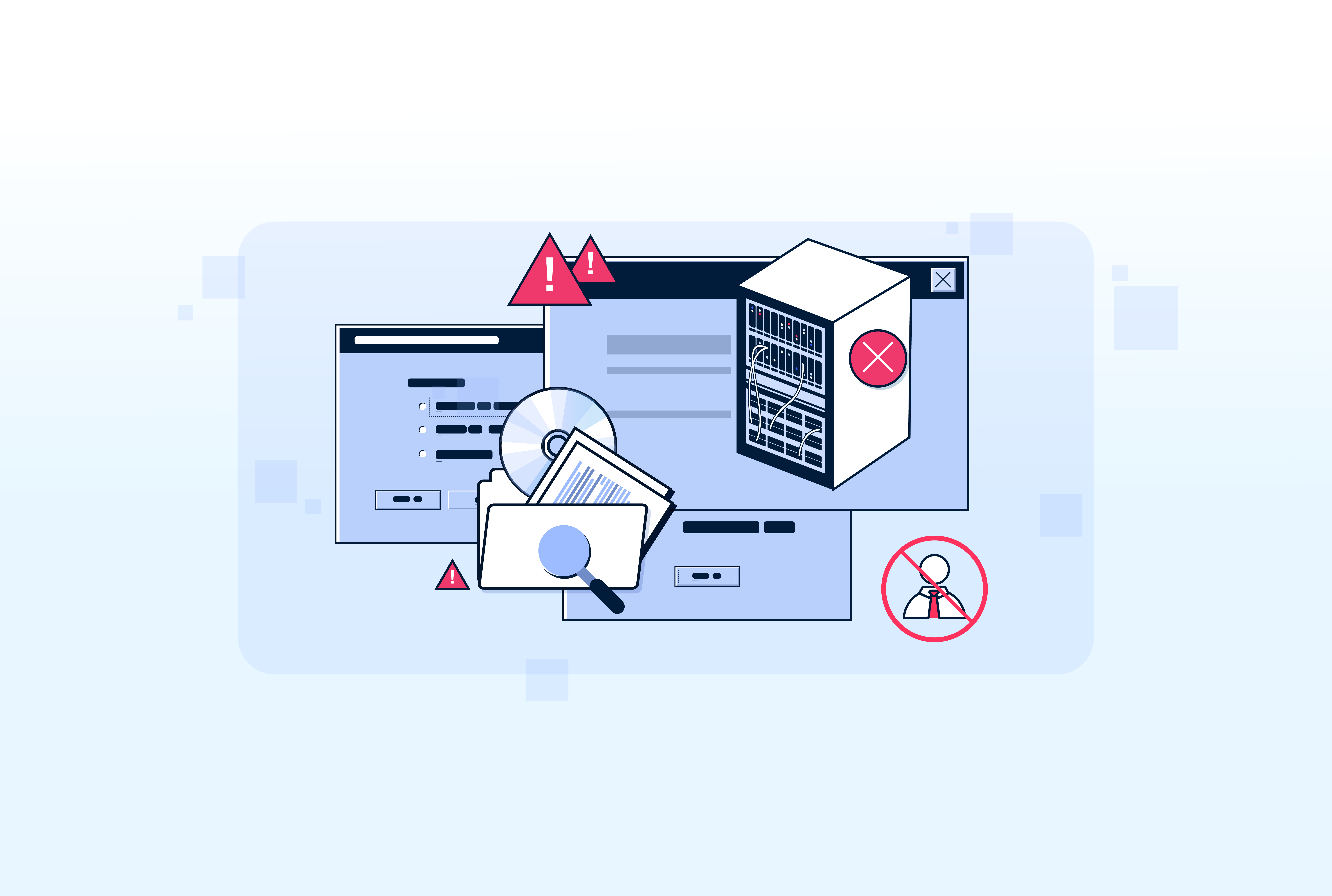
Discover a new, agentless strategy for securing mainframe data without code changes or performance impact. Learn how tokenization and dynamic masking protect legacy systems like DB2 and TN3270 from modern threats.
For CISOs, the mainframe represents a modern paradox. For decades, it has been the secure, reliable bedrock of the business - a digital vault holding decades of critical customer data. Its stability is legendary, but this very stability creates a new, pressing challenge: how do we protect the sensitive data inside it?
Organizations like financial services and telecommunications rely on this data, but it frequently resides in cleartext, adding risk to the organization. Securing this data is challenging as modifying the legacy application code (like COBOL) or database structures to add modern security is often unfeasible - the process is high-risk, expensive, and requires a niche – and dwindling – pool of developers with particular skills.
This article outlines a strategic approach to mainframe security thats focused on protecting the data itself, enabling you to gain complete control over sensitive information both at-rest and in-motion, all without requiring a single, high-risk change to your core applications.
The mainframe itself is an engineering marvel. The true challenge is not the platform's reliability, but the vulnerability of the cleartext data it holds. The legacy tactics for managing this risk are no longer viable in a connected, hybrid world, leading to three core business problems.
The most direct way to secure mainframe data would be to rewrite the COBOL applications or alter the DB2 database schemas. However, the complexity of these decades-old systems, combined with a scarcity of specialized mainframe developers, makes this approach a non-starter. A single code change can have unforeseen consequences, destabilizing the critical applications that power the business. This creates a culture of "if it isn't broken, don't touch it," leaving sensitive data exposed by default.
Even if code changes were feasible, deploying anything new on the mainframe creates a three-way operational standoff between teams that prioritize stability (Mainframe Ops), risk reduction (Security), and feature velocity (Application Owners). The rightly protective stance of mainframe teams, who maintain systems designed for 99.999% uptime, means any proposed change faces a long and arduous cycle of testing and approval, delaying crucial security projects indefinitely.
The risk is magnified the moment data leaves the mainframe.
The new paradigm shifts the focus from trying to modify the vault to securing the valuables inside it. Instead of a risky, host-based approach, this strategy places security controls directly in the flow of data as it moves to and from the mainframe.
It’s a data-centric approach that presumes the safest way to protect data is to make it unusable to unauthorized parties. By replacing sensitive data with secure tokens or masking it in real-time, you neutralize the risk of exposure without altering the source system.
This approach is fundamentally non-intrusive. An agentless data security platform is deployed inline, communicating with the mainframe using its native protocols. It requires no software installation or code alteration on the mainframe itself.
This agentless, data-centric strategy delivers three immediate strategic advantages:
Adopting an agentless security strategy is not a massive, multi-year overhaul. It’s a logical, phased approach that delivers value at every step:
Adopting this strategy is a logical, phased approach focused on tangible risk reduction.
When evaluating solutions to execute this strategy, ensure they meet these core requirements:
The shift from perimeter controls to a data-centric security strategy is the new imperative for protecting legacy systems. As we've outlined, the blueprint for modern mainframe security involves protecting the data itself -agentlessly and without the immense risk of disruptive code changes.
But for any CISO, a blueprint is only as valuable as the proven success of its execution. The crucial question is no longer just what the strategy is, but how a peer organization has successfully implemented it.
This is where theory meets practice. In the reference case study, you will learn how a leading enterprise in the telecommunication sector implemented this exact strategy using DataStealth. The document provides a technical look into how they used:
To see how a peer organization successfully navigated this complex challenge and to understand the tangible outcomes of this data-centric approach, we invite you to read the full case study.
Yes. This approach directly supports data-centric compliance mandates like GDPR and PCI DSS. By using tokenization, you can remove sensitive data from scope, dramatically simplifying audit processes. By providing an immutable log of who accessed, viewed, or detokenized data, you provide auditors with concrete proof that your data access controls are being enforced effectively.
No. Because the solution is agentless and operates externally to the mainframe, it does not consume mainframe MIPS or interfere with its processing. It is designed to be non-intrusive, removing the performance risk associated with legacy, host-based security tools.
Yes. It enriches your SIEM with highly valuable, data-centric audit logs. Instead of just network alerts, it provides specific events on who attempted to access sensitive data, which policies were enforced (e.g., data masked or tokenized), and who was granted access to cleartext values. This gives your security operations team precise intelligence on data-related risks.
Lindsay Kleuskens is a data security specialist helping enterprises reduce risk and simplify compliance. At DataStealth, she supports large organizations in protecting sensitive data by default, without interrupting user workflows. Her work focuses on PCI DSS scope reduction, preventing client-side attacks, and enabling secure third-party integrations without the security risk. Lindsay regularly shares practical insights on modern data protection challenges and helps organizations navigate evolving compliance standards with confidence.